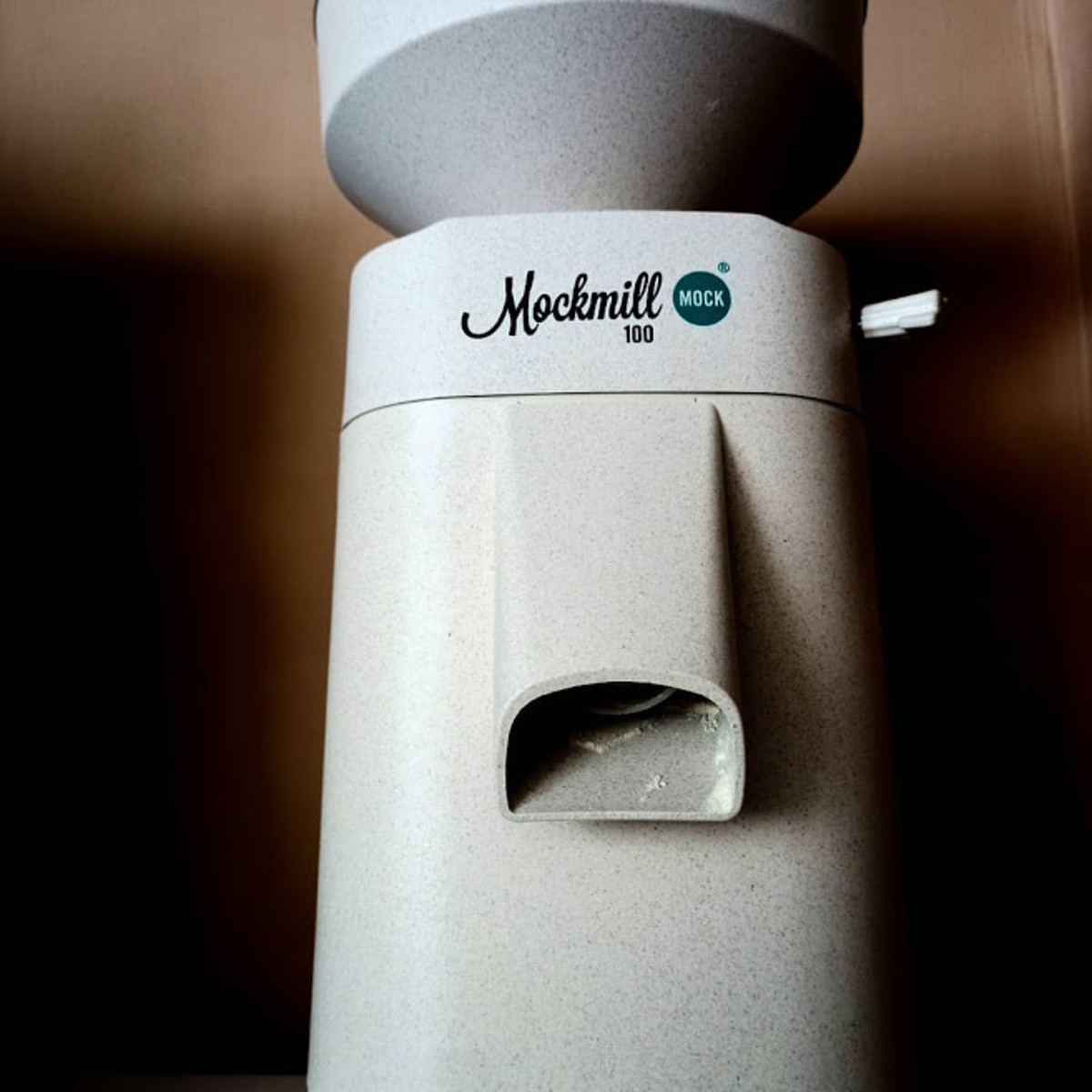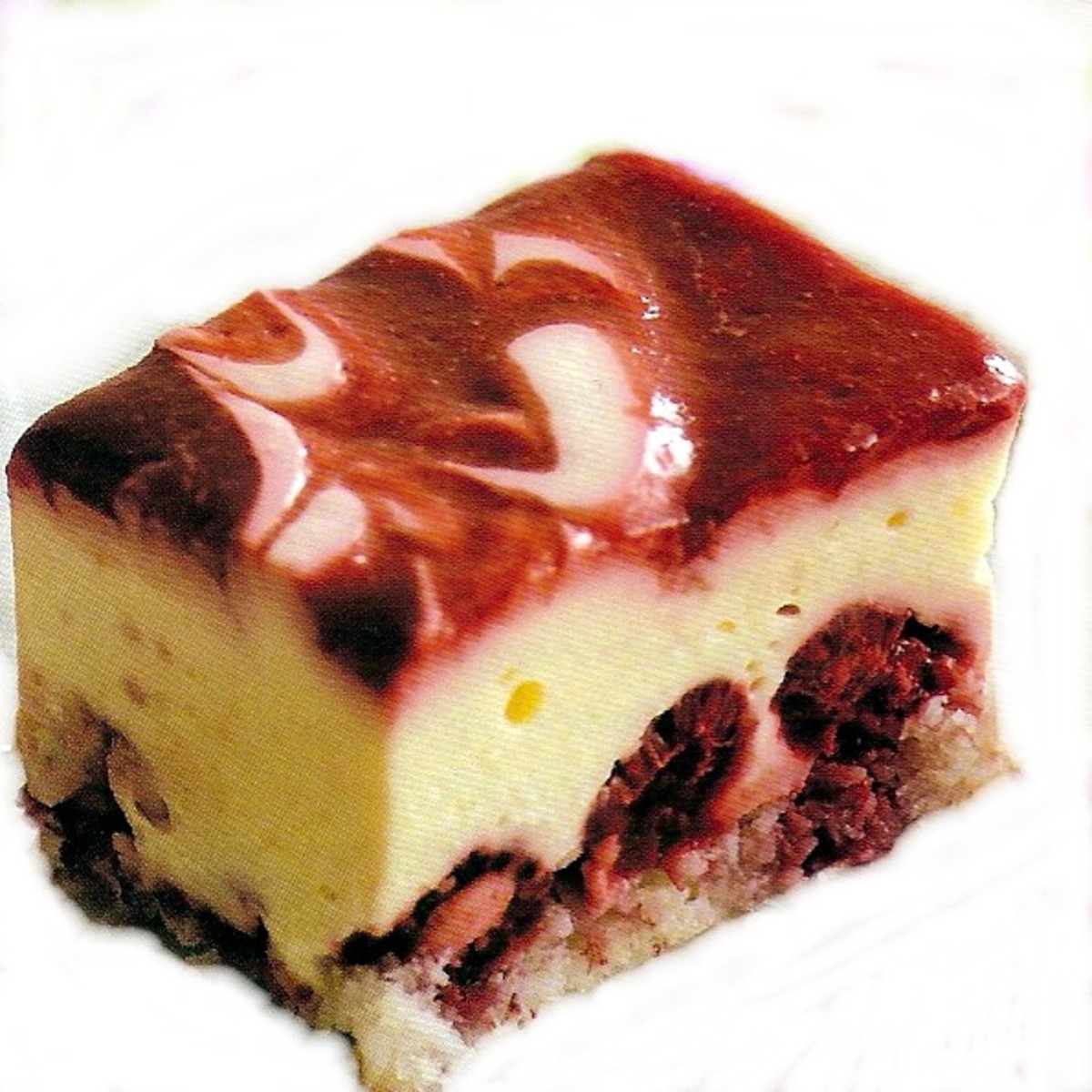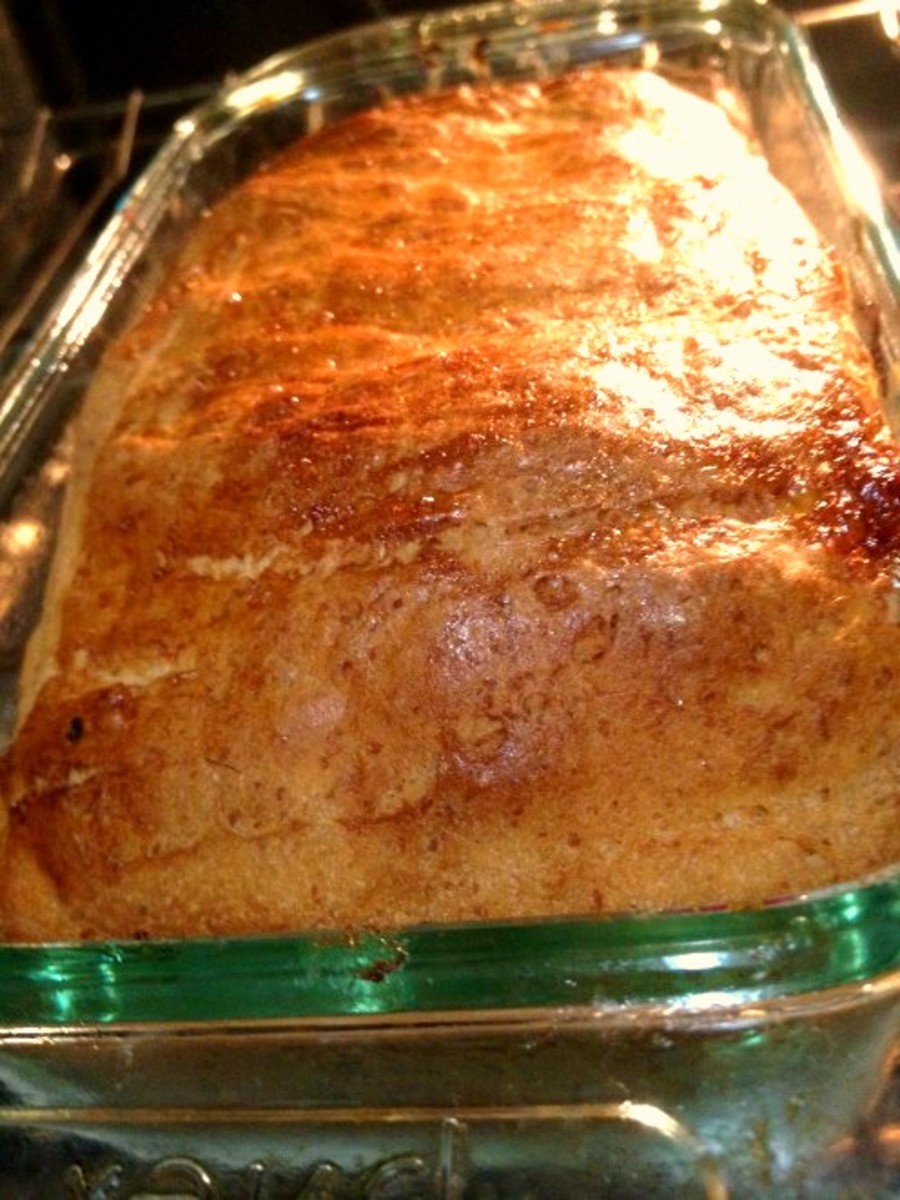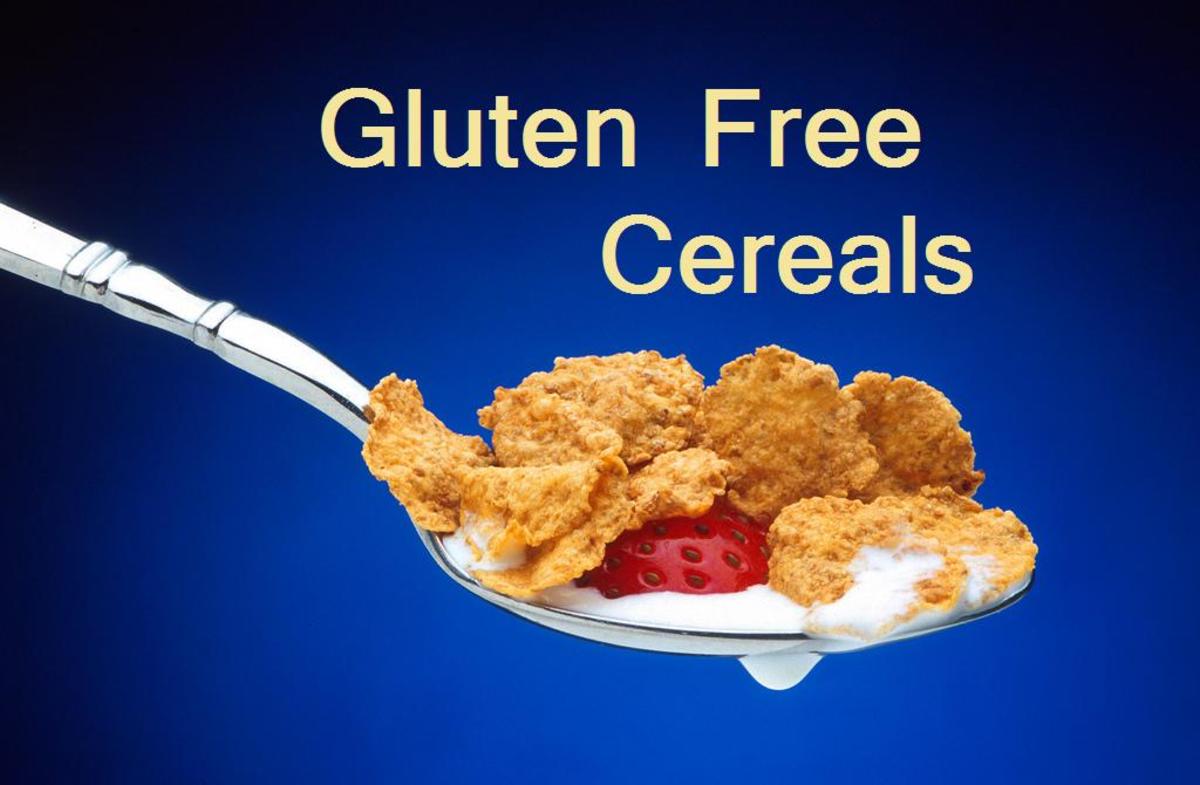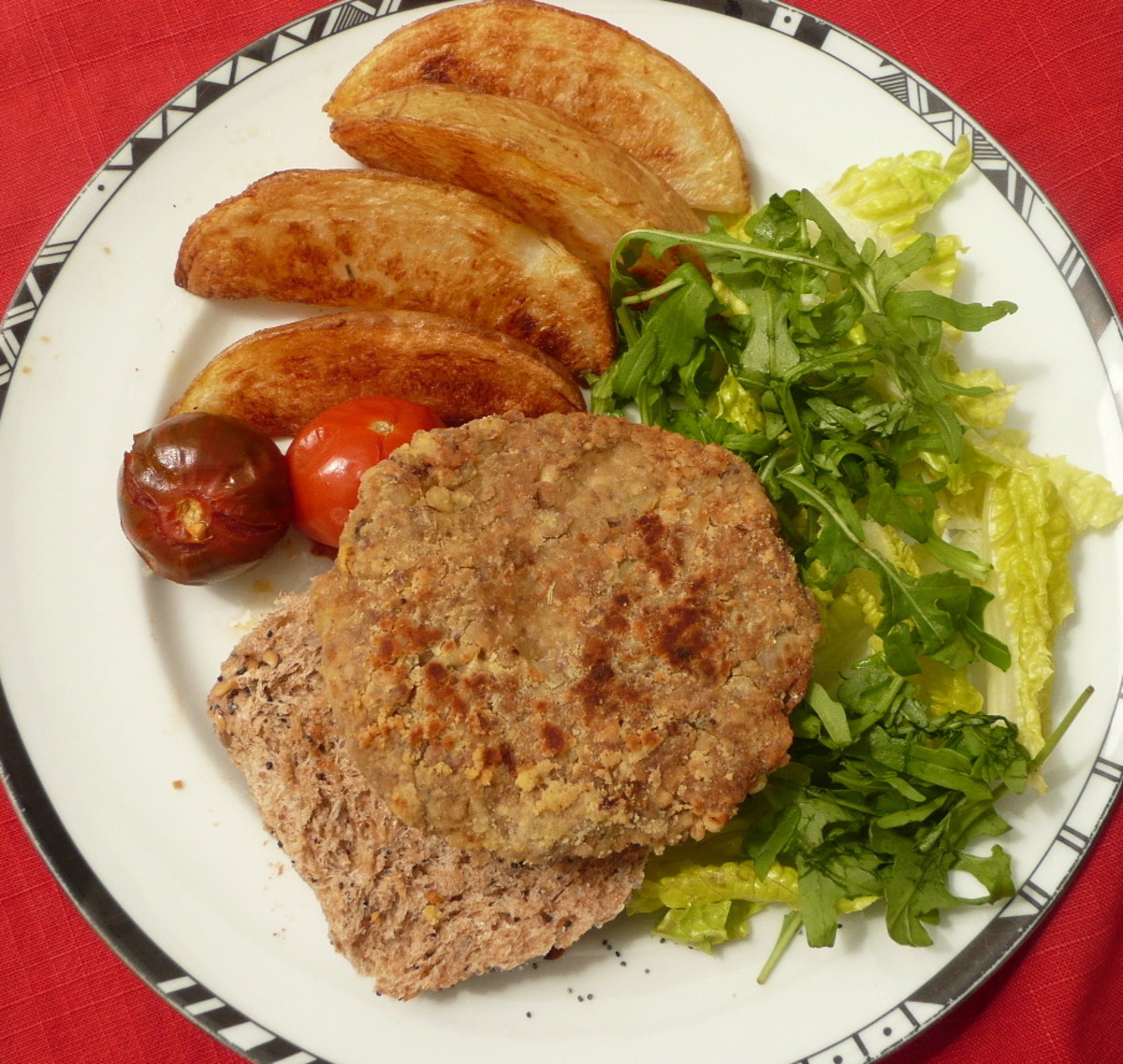- HubPages»
- Food and Cooking»
- Dietary Restrictions»
- Dietary Restrictions for Health
Grain Mills and Milling Gluten Free Flour
Grain Mill

Mill Your Own Gluten Free Flour
A grain mill can save money when you use it to make your own gluten free flour. Grain mills are either electric or hand-operated, and can mill a variety of grains and legumes, which gives you a wider variety of flavors and textures to your gluten free diet.
I was milling my own rice flour before moving to the Czech Republic, and found it to be a great help for my grocery budget. My electric grain mill was around $200, but it soon paid for itself, as I didn't have to buy store-bought gluten free flour. I enjoyed having the ability to choose the texture of my flour, and even explored different types of rice to experiment with a wider variety of flavors. One of my favorites was baking with jasmine rice flour.
A grain mill can be a real money-saver in the long-run. You will indeed feel a bit like the little red hen, but it's a nice feeling. Saving money and being creative with your home-ground flour will even give you more confidence to branch out into other areas of gluten free cooking.
Grinding Flour in the Old Days
Back in the day, it was necessary to get our freshly ground flour from a mill, similar to the one pictured at the beginning of this article. These it's easy to make your own freshly ground flour at home. It's easy and cost-effective, and you will avoid possible cross-contamination from gluten-containing ingredients.
Milling your own flour not only helps you to save money and allows you to experiment with creating various flour mixes of your own. Custom flour mixes, made from other ingredients such as beans, can add different textures, flavors and improve the nutrition of your cooked and baked goods.
Gluten Free Flour
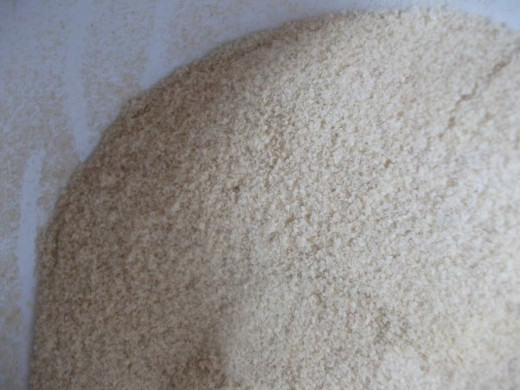
Why Use a Grain Mill for a Gluten Free Diet?
Save Money on Gluten Free Food
Living gluten and wheat free can be quite expensive. Breads, pre-packaged foods, and snacks are yummy, but can set you back quite a bit when it comes to your grocery budget. However, if you use your own flour to cook and bake, the cost of your gluten free diet becomes more reasonable.
Store-bought gluten and wheat free flours can also be expensive, especially those flours that are more "exotic." A grain mill will help you to cut down the cost of living gluten free. There’s also the possibility your rice flour could have been milled in a factory where wheat is also ground, which raises the possibility of cross-contamination of store-bought gluten free flour.
Faster Clean Up with This Tip
Plastic Bags
Put a plastic bag in the milling pan (of your grain mill) in order to catch the flour as it is ground. When you’re finished clean up is easier and faster. This method will work for both electric and hand-operated grain mills.
Tip: Mill Grains More Than Once
Finer Gluten Free Flour Texture
It might be necessary to mill the grains two or three times in order to make flour with a finer texture.
Four Types of Grain Mills
Stone or Steel Grinding Wheels
There are basically four types of grain mills. The one you choose will depend on how you plan to use it and what you’d like to mill. One of the common components of all grain mills is a grinding mechanism; these are usually steel or stone.
Burr Grinders
Burr grinders use a steel grinding wheel that has small burrs sticking out of the sides. You could think of these as “teeth.” The burrs work to shred the grains into flour.
Stone Grinders
Stone has been used as a grain grinder for thousands of years; stones are used in modern home grain mills, too. Stone grinders include two circular stones, with one stone turning against a stationary stone. The grains are caught between the two grinding stones and crused and shredded until it becomes flour. Stone grinders should not be used to grind oily or most grains, legumes or nuts.
Impact Grinders
Impact grinders work a little differently than stone or burr grinders. Impact grinders actually use a type of “blade” that are placed on two metal wheels in circular rows. One of the wheels stays stationary, while the other turns. The “blades” rotate at a high RPM and literally pulverize the grain into flour.
Hand-Operated or Electric Grain Mills
Grain mills can either be operated by hand-operated or motorized. If you plan on using your grain mill only in emergencies or when electricity isn’t available, then you should opt for a hand-operated grain mill. Hand mills are typically cheaper than electric mills. Hand-operated grain mills are work intensive—it takes a lot of time and hard work to grind grains into flour.
On the other hand, if you will be using your grain mill at home and your home is on a stable power source, then you might want to choose an electric grain mill. An electric grain mill is fast and will fit on your kitchen counter top.
You might even consider buying both types of grain mills, for then you will be ready to grind gluten free flour in any emergency, yet have the benefit of an electric grain mill for every-day use.
Tip: Avoid Grains with High Moisture Content
Moist Grain Doesn't Work in Any Grain Mill
Avoid grains with high moisture content, as excess moisture can cause the mill to plug. Moisture can come from humid are or from grain that isn’t dry enough. It’s also possible for grain to absorb moisture from the humidity in the air. Always buy your grain from a reputable dealer, and store your grain in a dry, cool place.
If you aren’t sure of your grain’s moisture content, you might try milling a small amount. After milling, check the flour by pinching it between your fingers. If the flour stays clumped together the grain is too moist for milling. If the flour is powdery, then it is safe to mill.
What Types of Gluten Free Grains Can You Mill?
Many types of grain and legumes can be milled with your home grain mill. Each type of grain or bean will add a different flavor and/or texture to your breads, cookies and main course dishes, such as chicken schnitzel.
Gluten free grains that can be milled at home include:
- Corn: great to use for corn bread and muffins. This is a finely ground cornmeal. Corn flour is a white, lightweight powder used in GF mixes. It can be used as a sauce thickener, or in addition with other gluten free flours to make a lighter texture (cookies and some cake recipes).
- Rice (white or brown): is generally gritty, even when finely milled, but can be combined with other flours to improve the texture of baked or cooked foods. Brown rice flour has a slightly nutty flavor, while other types of rice flour, such as basmati have their own subtle fragrance and flavors. Rice flour can be used to cook and bake most anything, and is often combined with other gluten free flours in recipes, in order to keep down the level of grittiness. Other flours also help to lighten baked and cooked foods, as rice flour also tends to be heavy.
- Buckwheat: is gluten free, despite it’s name. The buckwheat plant is, in fact, related to rhubarb. The seeds of the buckwheat plant are ground to make a gray/brown, nutritious flour. Buckwheat flour contains a protein that is easily digested; it is also high in fiber. Some research has shown that buckwheat flour can help to reduce cholesterol and help to lower blood pressure. Buckwheat flour can be used in pancakes, bread and much more. In most recipes, buckwheat flour is mixed with other flours as it had a strong flavor.
- Millet: is high in an easily digestible protein. It has a yellow tinge, and produces a light, dry crumb with a smooth, thin crust. Millet is usually blended with other flours.
- Quinoa: is used in all types of baking; cakes, cookies, breads and biscuits (what Americans call biscuits, not British biscuits, which are cookies). Quinoa comes from Peru, and is a cereal grain. It was long used by the Incas as part of their staple diet. Quinoa is high in fat and is often used to add moisture to baked goods. This gluten free flour has a nutty flavor and is a source of vegetable protein. Quinoa is also used in highly spiced or flavored foods.
- Chick peas (Garbanzo beans): is made from ground up chick peas or garbanzo beans. It is high in protein, fiber and iron, making it a very healthy gluten free flour. Chickpea/garbanzo bean flour can be used to thicken sauces, as a base in batters, or mixed with water as an egg substitute. Some people even use this flour to make hummus.
- Mung beans: are use often in Asian, Indian and Middle Eastern cuisine. They are often soaked, dried and ground and used for flatbreads, noodles. Mung beans have a slightly nutty flavor, and are high in protein, iron, folate, copper, magnesium, phosphorus and potassium. Mung bean flour is higher in calories and carbohydrates, but it is a great way to add healthy nutrients to your baked and cooked foods.
- Lentils: are high in fiber, low fat and cholesterol free. It’s also high in protein, B vitamins, minerals and low in sodium. Lentil flour is typically combined with other flours as it can be heavy; the addition of other flours can make your cooked and baked goods a bit lighter when made with a combination of lentil and other flours. Lentil flour is a wonderful way to add nutrition and fiber to your gluten free foods and snacks.
The Benefits of Home-Ground Gluten Free Flour
- Cost effective: a grain mill will pay for itself over time when you don’t have to buy store-bought gluten free flour.
- Grind only as much flour as you need in order to make sure your gluten free flour is fresh.
- Grind grain to the coarseness you desire (depending on the grain mill you are using—not all have this feature).
- Avoid possible cross-contamination with gluten and wheat store-bought flour.
- Improved taste of cooked and baked goods when using home ground flour.
Disadvantages of Home-Ground Gluten Free Flour
There are a few disadvantages to grinding your own gluten free flour:
- Electric grain mills can be loud and noisy.
- Hand-operated grain mills take effort and strength to use.
- Either type of grain mill can be messy—creating a fine dust from the milled grains and/or beans.
Top Grain Mills
You’ve read about some of the benefits of using home-ground gluten free flour, now we'll take a look at some of the best home grain mills on the market. This list includes some of the most-often recommended grain mills.
L'Equip Nutrimill Grain Mill
L'Equip Nutrimill Grain Mill
The L’Equip 760200 Nutrimill grain mill is touted as the “quietest mill on the market.” The grain mill’s technology includes texture control (super fine to coarse), low temperature grinding (to preserve nutrients), and strong milling heads.
Features of the L’Equip 760200 Nutrimill Grain Mill:
- Large 20 cup bowl capacity
- Variable speed mill and texture control
- Stainless steel milling heads with pre-cracker (for cracking grains—such as cracked wheat)
- Multi-channel airflow to help keep milled flours cooler and preserve nutrients
- Easy-grip bowl, lid and control knobs
- Compact storage
- Precision grain feed control
- No gumming, jamming or overheating
- Mills 20 cups of flour in 5 minutes
- CSA Certified for theUSandCanada(provider of product-testing and certification services)
- Self-cleaning mill chamber
- Easy to use right out of the box
In addition, the L’Equip Nutrimill can handle non-oily grains and legumes, such as wheat, rye, spelt, millet, rice, corn, beans, quinoa, amaranth and oats. The Nutrimill comes with a limited life warranty that will guarantee the mill (motor-milling chamber) is “free of manufacturing defects in materials and workmanship.” Defects found in the plastic parts (canister, stand and filter) are warranted for 6 years.
Avoid these grains and legumes in your Nutrimill grain mill:
- Chia
- Flax
- Nuts
- Coffee Beans
- Hemp Seed
- Goji Beans
GrainMaster WhisperMill Grain Mill
The WonderMill grain mills is billed as the “world’s cleanest, quietest and easiest to use” grain mill. The WonderMill is able to grind over 100 pounds of flour in an hour with its 1250 watt motor. You can also turn the mill off in the middle of grinding. This grain mill also features texture settings: very fine to coarse flour.
Features of the Electric Wondermill Whisper Mill:
- Fast grinding—the mill will make 100 pounds of flour in an hour
- Longevity: the mill is made to last and comes with a lifetime warranty
- Ease of use: no small parts or gaskets to replace, unit is self-cleaning
- Cool milling to preserve the nutrients in your flour
- UL (for theUS), CSA (forCanada) and CE certified (forEuropeand theUK)
The Wondermill can grind the following:
Adzuki Beans
Bulgur Wheat
Kidney Beans
Wild Rice
Ajawan Seed
Chicken Peas
Baby Lima Beans
Yellow Field Corn
Amaranth
Couscous
Millet
And More
Anise Seed
Dill Seed
Mung Beans
Basil
Durum Wheat
Navy Beans
Black Beans
Ginger Root (dried)
Oat Groats
Black-eye Peas
Green Lentils
Oats, Steel Cut
Black Peppercorn
Hard Red Wheat
Red Lentils
Brown Rice
Hard White Wheat
Tapioca Pearls
Buckwheat
Kamut
Milling a Large Batch of Gluten Free Flour
The Blendtec Kitchen Mill uses stainless steel blades to mill your flour, avoiding the gumming-up trouble that is frequently seen with stone mills. The Blendtec mill is strong and can grind most any grains or legumes, including wheat, rye, oats, rice, buckwheat, millet, corn, soybeans, barely and more.
Features:
- This grain mill grinds up to 24 cups of natural whole-grain flour in under 8 minutes.
- The Blendtec mill offers a 60 ounce transparent flour container/bin.
- The mills is self-cleaning and will not overheat
- The Blendtec grain mill comes with a 6-year limited motor warranty and a lifetime warranty on the chamber and pan.
The Country Living Hand Grain Mill
The Country Living Hand Grain Mill is just as its name implies—operated by hand. This mill is reported to be much quieter than the electric grain mills, and it doesn’t make a huge cloud of dust as you grind the grain.
This grain mill is best used when bolted to a flat surface when you’re milling grain. The Country Living Hand Grain Mill is heavy and sturdy, and comes with a lifetime warranty on all parts, except the grinding plates.
Features of the Country Living Hand Grain Mill:
- Made of solid, cast aircraft aluminum
- FDA approved food grade powder coating
- Double sealed industrial grade ball bearings
- Cast iron V-grove flywheel and high carbon steel grinding plates
- Adjustable texture: from cracked grain to cake flour
- Comes with a cleaning brush
As noted earlier, hand grain mill will take more effort to grind grains into flour. One of the nice features is that you can buy an additional kit that will motorize the grain mill. However, in case of a power outage, you will be able to make flour by hand.
Choose Your Grain Mill and Enjoy
Fresh Home-Ground Gluten Free Flour
Milling your own flour is a way to keep costs down when you’re on a gluten free diet. Home-ground gluten free flour is cheaper than store-bought. In addition, you will also enjoy fresher tasting baked and cooked foods with your home-milled flour. You’ll also avoid possible cross-contamination from store-bought gluten free flours. Check out one of the grain mills listed above, and have a great time creating yummy gluten free cakes and meals with your own home-ground gluten free flour!
Milling Your Own Gluten Free Flour
Do you mill your own gluten free flour?
Further Information
You can find further information and recipes for the gluten free life at Thrifty and Gluten Free!
© 2014 Sherry Vacik



